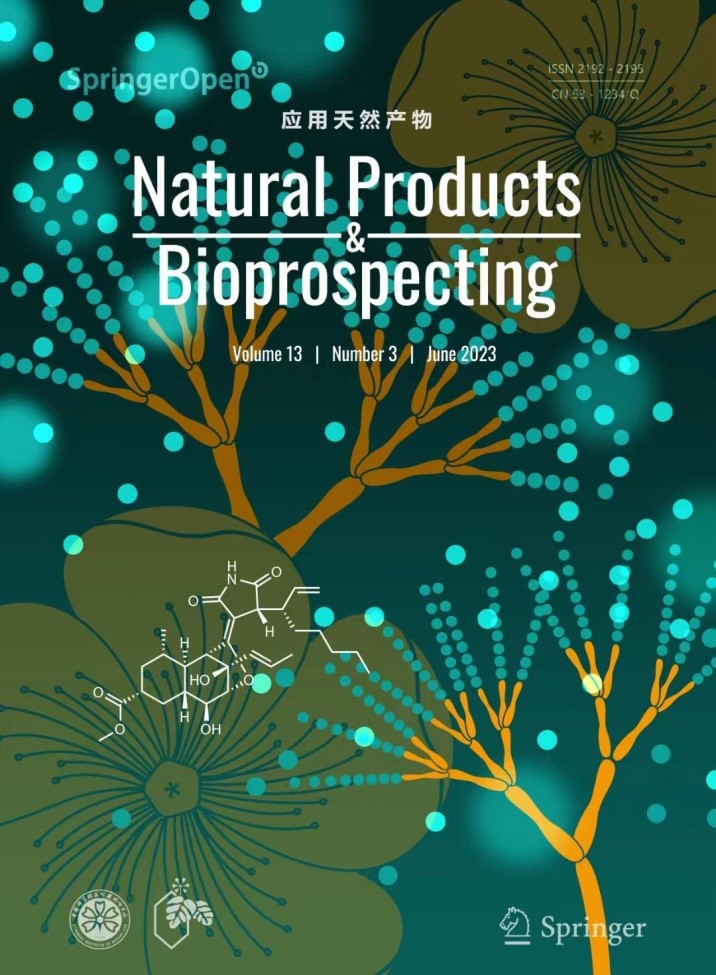
Two new compounds, oxaleimide K and peniroquefortine A, belonging to the cyclohelminthol type polyketide and maleimide derivative respectively, were isolated and identified from the fungus Penicillium roqueforti. The fungus was isolated from the root soil of Hypericum beanii N. Robson collected from the Shennongjia Forestry District, Hubei Province. The structures and absolute configurations of the compounds were primarily determined using NMR spectroscopy analyses and single-crystal X-ray diffraction experiments. Oxaleimide K is the second example of a cyclohelminthol type polyketide compound, featuring a rare 6/6/5/5 tetracyclic system and a branched aliphatic chain with a terminal olefin moiety, specifically oct-1-en-3-yl. Peniroquefortine A possesses a unique carbon skeleton consisting of a maleimide moiety linked to 4-methylene-2-(3-methylbut-2-en-1-yl)phenol and p-substituted aromatic moieties via carbon-carbon bonds. Notably, the absolute configuration of oxaleimide K, a cyclohelminthol type polyketide, was determined for the first time through single-crystal diffraction analysis, revealing an E-configuration for the succinimide moiety and tetrahydrofuran moiety, contrary to the previously reported Z-configuration. This finding provides new insights into the structural elucidation of this class of polyketides. Additionally, oxaleimide K exhibited significant cytotoxic activity against multiple tumor cells, particularly Farage and SU-DHL-2 cells (IC50 < 20 μM, 48 h). Further mechanistic studies demonstrated that the compound induced cell cycle arrest, abnormal ROS levels, and oxidative stress in Farage and SU-DHL-2 cells. This research reveals the chemical diversity of Penicillium roqueforti and highlights the potential of oxaleimide K as a potential clinical candidate for anti-tumor therapy.
Get the original text New secondary metabolites with cytotoxicity fromfungus Penicilliumroqueforti
More about: Natural Products and Bioprospecting
(Editor:YANG Mei)




